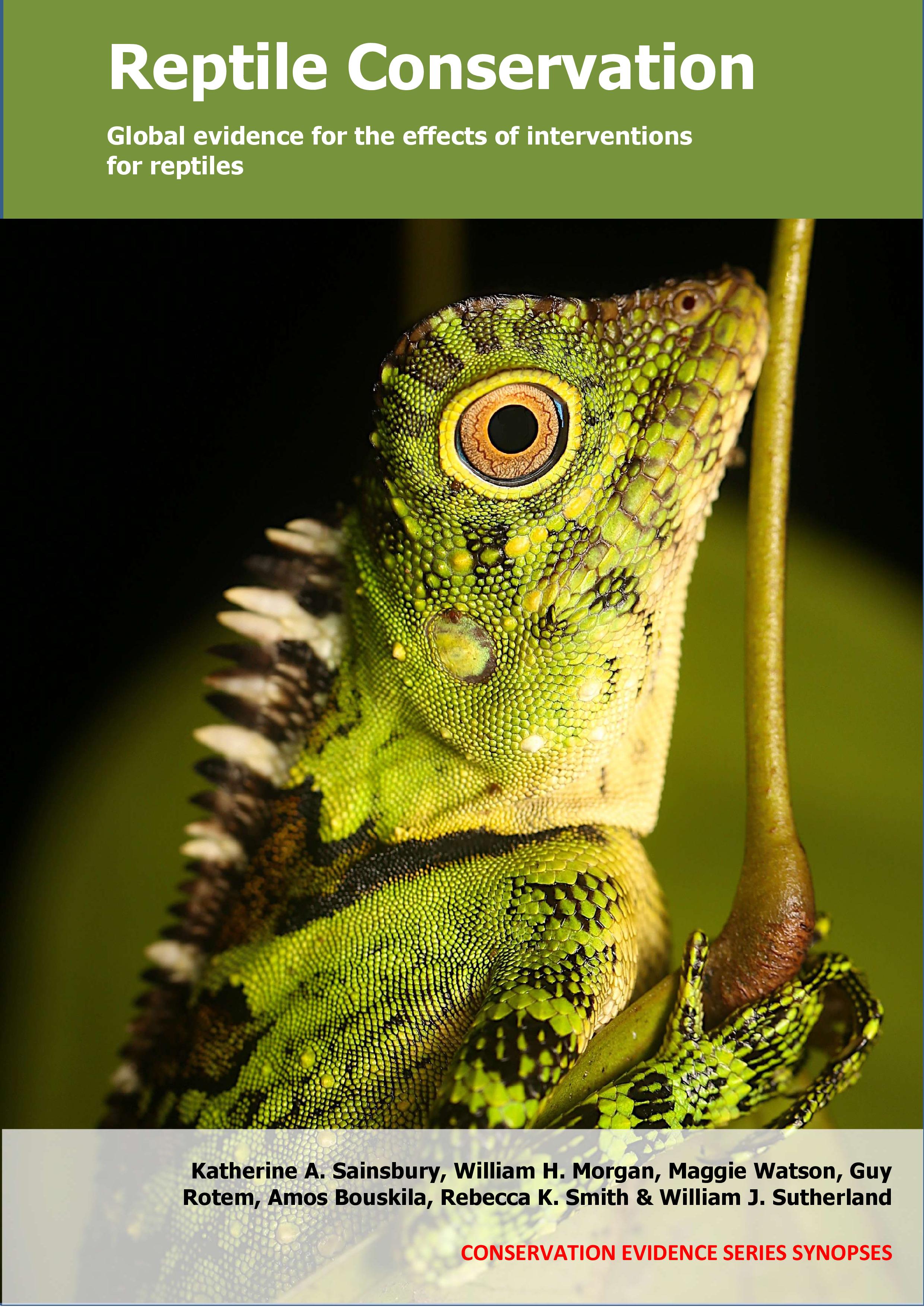Restore or maintain beaches (‘beach nourishment’)
-
Overall effectiveness category Awaiting assessment
-
Number of studies: 3
View assessment score
Hide assessment score
How is the evidence assessed?
-
Effectiveness
not assessed -
Certainty
not assessed -
Harms
not assessed
Study locations
Supporting evidence from individual studies
A controlled, before-and-after study in 1992–1996 of a beach in Florida, USA (Rumbold et al. 2001) found that raising the height of a beach ridge (‘beach nourishment’) decreased loggerhead turtle Caretta caretta nesting frequency and increased the frequency of non-nesting crawls, although the effect reduced in the second year after implementation. In the first year after nourishment took place, sea turtle nesting frequency declined more, and non-nesting crawl frequency increased more on the nourished beach compared to unmodified beaches (nesting frequency declined by 4–5 nests/km/day more and non-nesting crawls increased by 5–6 crawls/km/day more on nourished beaches). In the second year, the reduction in nesting was again greater and the increase in non-nesting crawls higher on nourished compared to unmodified beaches, but the size of the effects were smaller and only statistically significant compared to one of the two unmodified beaches (nesting frequency declined by 1–2 nests/km/day more and non-nesting crawls increased by 1 crawl/km/day more on nourished beaches). In March and April 1995, a 1.6 km stretch of beach was nourished with additional sand, increasing the height of the beach ridge from an average of 32 m to 81 m. Sea turtle nesting activity was recorded daily from May to August from 1992 to 1996 at the nourished and two natural beaches three seasons prior to and two seasons immediately following beach nourishment.
Study and other actions testedA controlled, before-and-after study in 2000–2003 on a sandy beach in Florida, USA (Brock et al. 2009) found that nesting success for loggerhead Caretta caretta and green turtles Chelonia mydas declined in the year following beach nourishment, but returned to pre-nourishment levels for loggerheads in the second year following nourishment. Nesting success declined following nourishment for loggerheads (1 year post-nourishment: 30% success; 1 year pre-nourishment: 60% success) and green turtles (1 year post-nourishment: 29%; 2 years pre-nourishment: 64%). Declines in nourished areas were larger than those seen in non-nourished areas over the same period (loggerheads: 63% vs 50%; green turtles: 55% vs 51%). In the second year following nourishment, loggerhead nesting success returned to around pre-nourishment levels (54% success). In 2002, a 5 km stretch of a 40 km beach was artificially nourished with 917,000 m3 of sand just prior to the start of the nesting season. In May–August 2000–2003, nesting activity was monitored by counting turtle emergence tracks on the beach, and nesting success was defined as the percentage of emergences that resulted in nests.
Study and other actions testedA replicated, site comparison study in 2012–2016 on four sand dunes in Florida, USA (Martin et al. 2017) found that gopher tortoises Gopherus polyphemus colonized man-made sand dunes within three months of their construction, and densities were higher but occupancy of burrows similar compared to natural dunes. Overall, gopher tortoise density was higher on constructed sand dunes (2012 dune: 21 tortoises/ha; 2014 dune: 2–3) than natural dunes (0–8 tortoises/ha, see statistical model results in paper for more details). The first burrow on the dune built in 2014 was discovered three months after construction. Burrow occupancy rates were similar between dunes (2012 dune: 0.6 tortoises/burrow; 2014 dune: 0.4; natural dunes: 0.3). Gopher tortoise use of two natural and two constructed sand dunes (built in 2012 and 2014) was evaluated by surveying a 3 km long stretch of beach for tortoise burrows in May–August 2014 and 2015 (twice/year) and January 2015 and 2016 (once/year). Gopher tortoise burrow occupancy was assessed using cameras in 20 randomly selected burrows each January (one–two surveys/burrow). Resident tortoises were relocated during dune construction.
Study and other actions tested
Where has this evidence come from?
List of journals searched by synopsis
All the journals searched for all synopses
This Action forms part of the Action Synopsis:
Reptile Conservation
Reptile Conservation - Published 2021
Reptile synopsis





)_2023.JPG)














